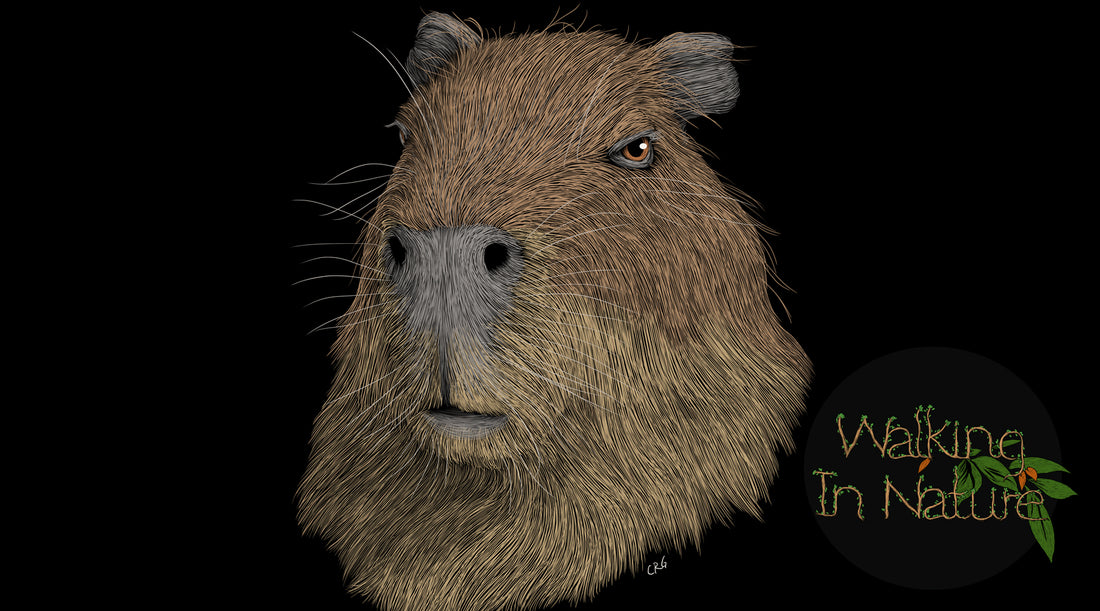If you find yourself searching for 'wildlife art', you are certainly not alone. This particular genre of art has been captivating hearts and minds for centuries. Wildlife art involves creating representations of natural subjects, particularly animals and birds, in their environments. This creates a synergy between art and nature that few other genres can match. Whether as an art connoisseur, an animal lover, or someone looking for unique décor elements, exploring wildlife art can open up a world of aesthetic pleasure and profound connection with the natural world. Stay tuned to learn more about this exciting and dynamic art form.
## A Closer Look at **Wildlife Art: Styles and Techniques**
Wildlife art is a broad genre that extends far beyond the traditional depictions of animals in their natural habitats.
It employs a vast array of artistic styles and techniques, varying from the highly realistic to the abstract and symbolic.
For instance, a wildlife artist may use detailed brushwork to depict the rich fur of a lion, or simpler, bold shapes to evoke the flight of a bird.
The choice of medium also contributes to the style of the artwork, with artists utilizing everything from watercolor, acrylic, and oil paint, to charcoal and digital media.
Wildlife art is also unique in its approach.
Artists often have to spend hours observing their subjects in the wild, studying their behavior, movements, and colors.
This analytical perspective not only allows the artists to portray the animals accurately but lends a sense of authenticity and respect to their work.
In a similar vein, wildlife art is often characterized by great attention to detail and a deep respect for the natural world.
This is evident in the artists’ meticulous effort to reproduce their subjects’ distinctive features and habitats, thereby providing a fascinating glimpse into the lives of these remarkable creatures.
And it's not just about the aesthetic appeal of these animal-centric pieces.
Understanding the techniques and styles of wildlife art can enhance your appreciation, allowing you to understand and enjoy each piece even more.
## The Historical Significance of Wildlife Art
Wildlife art has a rich history dating all the way back to the times of prehistoric humans.
Cave paintings found in various parts of the world, such as the Chauvet Cave in France, depict early forms of wildlife art showcasing a deep appreciation for nature that has persisted for thousands of years.
Over time, the focus of wildlife art evolved to reflect societal changes, with the Renaissance period demonstrating a human-centric approach inspired by mythological and religious themes.
In the Victorian era, wildlife art turned its focus towards the scientific exploration of the natural world, sparked by the numerous discoveries made during that time.
In the 20th century, with the rise of cameras and the increased awareness of environmental threats, wildlife art began to serve as a reminder of the pervasive beauty of our planet, aiming to inspire conservation efforts.
Today, wildlife art holds a historical significance not just as a testament of budding artistic expression, but as a timeline of human understanding and relationship with the natural world.
## The Role of Wildlife Art in Conservation
Within the sphere of 'wildlife art' exists a mission far more profound than merely creating visually captivating pieces.
Artists who are inclined towards the wildlife genre often function as unsung heroes in conserving our natural habitats.
Their work offers a perspective into the world of animals and landscapes that might be otherwise inaccessible to most.
In their sketches, canvases and prints, they capture transient moments of natural beauty, serving a dual purpose of art and activism.
By purchasing wildlife art, you're not only supporting the artists but also, indirectly, the cause of wildlife conservation.
Many wildlife artists donate parts of their profits to conservation groups, aiding their efforts to preserve various species.
Artists intensify public dialogue about environmental issues, raising awareness about the fragility of our ecosystems.
They reach audiences in ways that hard facts or statistics can't, spurring a tangible change in attitudes.
In a world obsessed with technology and rapid urbanisation, wildlife art subtly reminds us of the natural beauty we stand to lose.
And that, is why 'wildlife art' is not just an aesthetic choice, but a statement of conservation.
It epitomises a beautiful intersection of art, activism, and appreciation for the untouched world around us.
## Prominent Wildlife Artists and Their Influence
Wildlife art has been enhanced and brought to the forefront by several illustrious artists worldwide. Their diverse styles and flair for portrayals of nature have greatly enriched the field.
One such notable figure is Robert Bateman. Known for his finely detailed and accurate depictions, Bateman's art emphasizes man's intricate relationship with nature, inspiring many to view the environment from a more empathetic perspective. His popularity spans decades, as he began painting wildlife seriously in the 1960s and continues to captivate art enthusiasts today.
Likewise, Carl Rungius, widely recognized as one of the most talented North American wildlife artists in the early 20th century, used his art to bring attention to the majesty of the outdoors and the magnificent creatures inhabiting it. His deep appreciation for wilderness breathed life into his work and invigorated the wildlife art genre.
On the contemporary scene, Raymond Harris-Ching's work stands out. His commitment to realism and meticulous observation is evident in his paintings. His unique ability to capture an animal's character, giving human-like personalization, leaves an indelible mark on the viewer's mind.
Further reinforcing the international scope of wildlife art, South African artist Raymond Harris-Ching and Chinese brush painter, Liu Jiyou, have also made significant contributions. While Harris-Ching's depictions of African wildlife are lauded for their vibrant authenticity, Liu Jiyou's fusion of traditional Chinese painting technique with rigorous natural observation have left a unique impression on wildlife painting.
These artists have not only elevated the aesthetic appeal of wildlife art but also have effectively underscored an inherent message: the need for environmental preservation and wildlife conservation. Their collective impact continues to influence artists in the field today, contributing to the growing popularity of wildlife art.
## Benefits of Owning Wildlife Art
There's something truly captivating about wildlife art. It can transport you into the heart of the wilderness, offering a potent reminder of the world's natural beauty. But there's more to it than just aesthetics. Owning wildlife art, such as prints and shirts, can create a unique ambiance in your living or workspace, bringing a touch of nature indoors. You can create a talking point for guests or clients, showcasing your appreciation for talent and the environment.
On a business level, limited edition wildlife prints or shirts can potentially appreciate in value over time, acting as a creative investment. Additionally, if you're in business for yourself, displaying wildlife art subtly communicates values of creativity, respect for nature, and thoughtful craftsmanship. These messages can resonate with customers, employees, and partners, reinforcing your brand identity.
Lastly, purchasing wildlife art not only supports talented artists but can also contribute to wildlife conservation efforts if part of the proceeds are donated. There's a satisfaction in knowing that your acquisition serves a larger purpose, adding another dimension to the enjoyment of your artwork.
## How to Purchase Wildlife Art
When it comes to purchasing wildlife art, whether it's for your home or office, or maybe on a t-shirt to flaunt your love for nature, you've got a ton of options. The first place to start is by deciding what medium you're interested in. Print art and soft merchandise like shirts are available, each with their unique appeal.
Make sure you're getting your art from a reputable source, such as a well-known wildlife artist or a trusted art dealer. Examine the artist's style, the details in the artwork, and make sure it resonates with your personal style and aesthetics.
Online platforms have made it easier than ever to buy art. You can simply browse galleries from the comfort of your home and have your chosen piece delivered to your doorstep. Look for platforms that offer detailed descriptions, high-resolution images, and informed customer service.
Lastly, don’t forget to budget. The beauty of wildlife art is that it ranges in price, meaning there's something for everyone. However, ensure to strike a balance between quality and affordability. Wildlife art is more than just a purchase. It's an investment, an ethic statement, and a tribute to the natural world, reflecting your passion and respect for wildlife.
## Conclusion: Why You Should Consider Investing in Wildlife Art
Wildlife art is more than a mere decor element. It celebrates nature's splendours, reflects humanity's profound connection with the wild, and invariably serves as conversation starters. Whether it's the delicate charisma of art prints or the vivacious appeal on shirts, wildlife art conveys a message, a story; it can spark curiosity, inspire awe, and foster respect for our natural world. By investing in wildlife art, you are not only enhancing your personal space or wardrobe but also contributing to wildlife conservation - a holistic win! Ready for a transformative art journey? Explore my website for stunning works on print on shirts!

